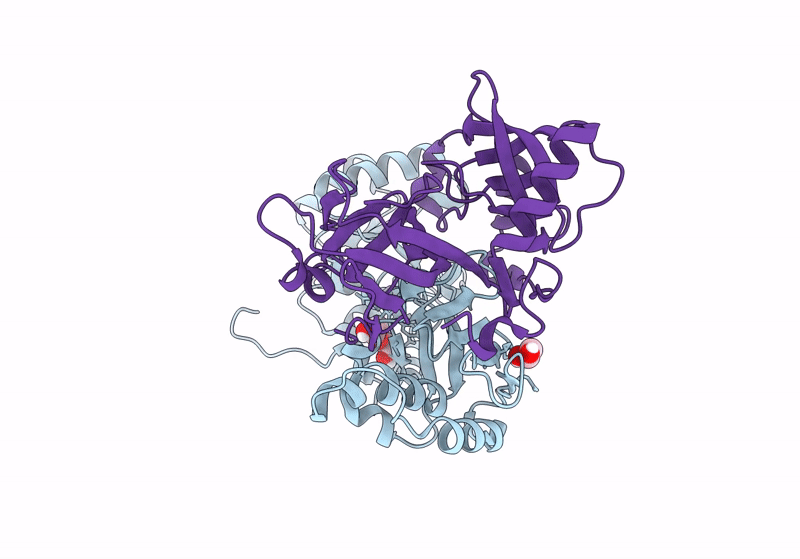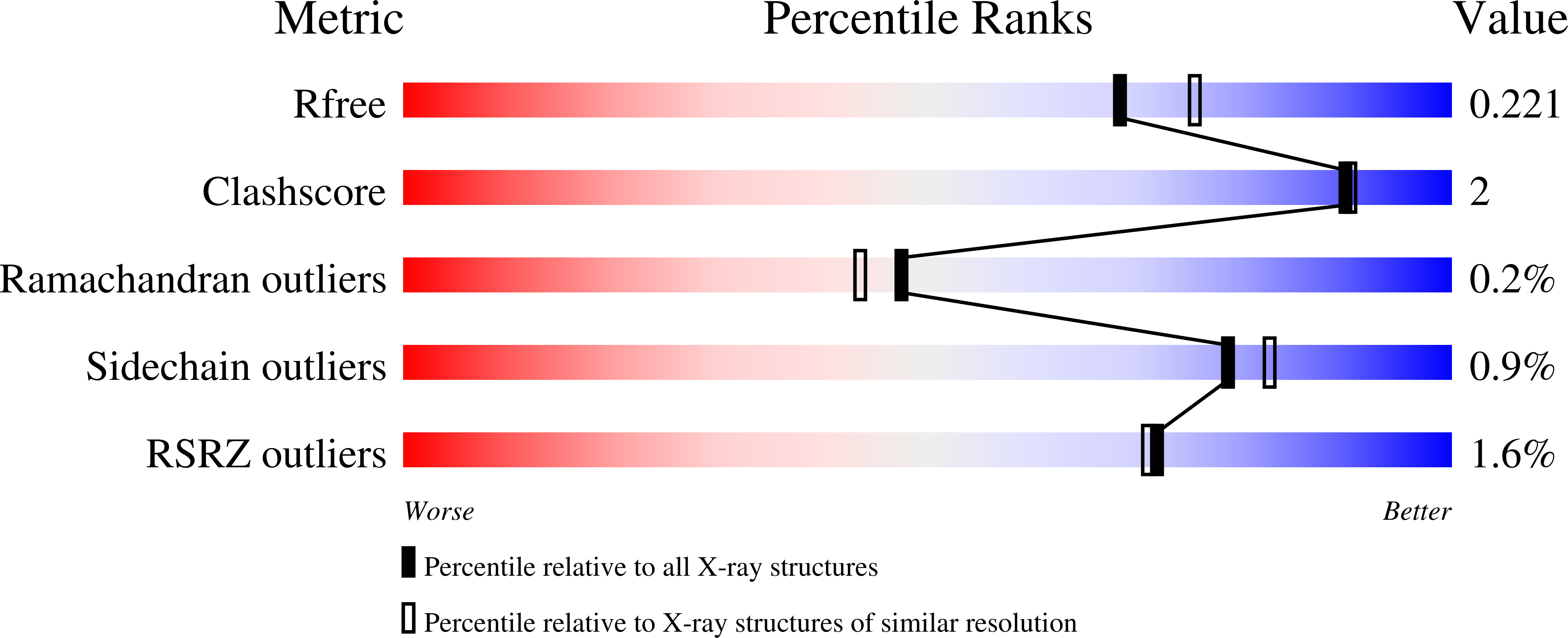
Deposition Date
2023-08-11
Release Date
2024-03-06
Last Version Date
2024-09-18
Entry Detail
PDB ID:
8Q66
Keywords:
Title:
Crystal Structure of the C. elegans MUT-7 MUT-8 CTD complex
Biological Source:
Source Organism:
Caenorhabditis elegans (Taxon ID: 6239)
Host Organism:
Method Details:
Experimental Method:
Resolution:
2.03 Å
R-Value Free:
0.22
R-Value Work:
0.19
R-Value Observed:
0.19
Space Group:
C 1 2 1


